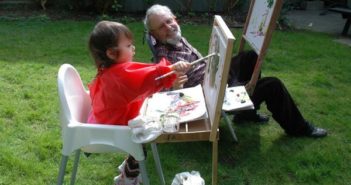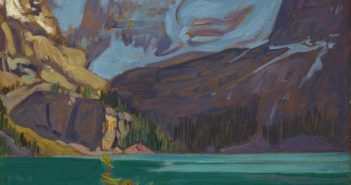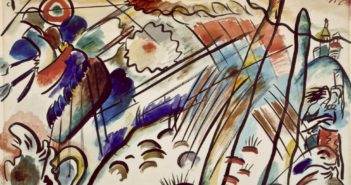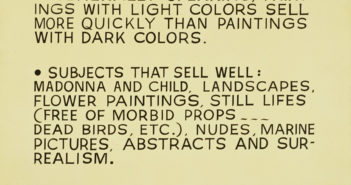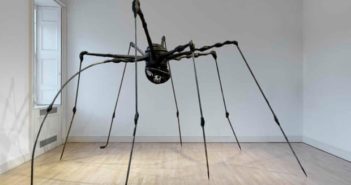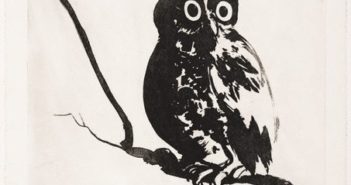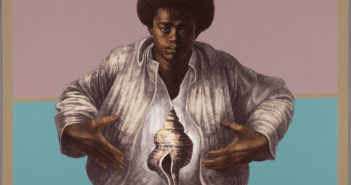
Alone and together
While taking a turn in the garden yesterday, I discovered the tiny, pricked egg of a song sparrow in the grass. Too small to have been made by the chick, the pinhole must have come from another, predator bird in search of a smoothie. “Hopefully his siblings had success,” said a friend, when I sent her the image. With all of us in our individual rooms, the now all-day polyphony of happy birds in the garden tells me she’s right.



